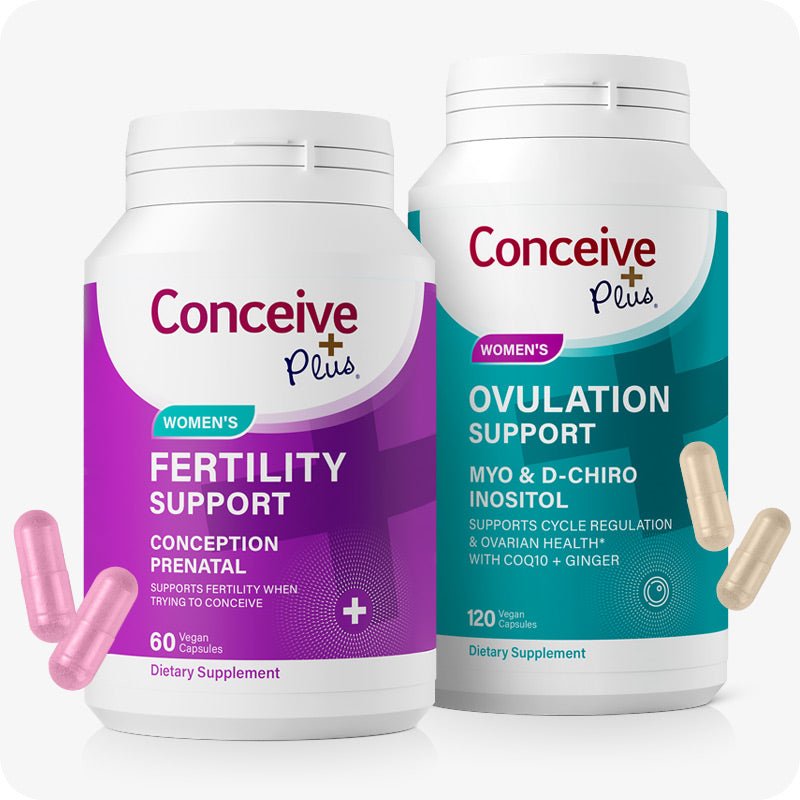2 Day Late Period and White Discharge: Could It Be a Sign of Pregnancy

For many women, a missed period often raises the question of pregnancy, especially when accompanied by changes in cervical mucus. If you’re experiencing a 2 day late period and white discharge, you may wonder if these are early pregnancy signs or if something else is at play. Here, we explore potential reasons for a late period, the significance of white discharge, and when to consider other explanations.
How Hormones Influence Menstrual Cycles and Cervical Mucus
The menstrual cycle is regulated by hormonal shifts, primarily involving estrogen and progesterone. These hormones not only control the release of eggs and shedding of the uterine lining but also impact cervical mucus production. Throughout the cycle, cervical discharge varies in color, consistency, and amount. For instance, right before ovulation, discharge tends to be clear and stretchy, while after ovulation, it often becomes thicker and more opaque. However, that may or may not mean that you are pregnant since it’s impossible to detect pregnancy right after first day of missing period [1].
If your period is 2 days late with white discharge, this change could be due to elevated progesterone levels. Progesterone increases during the luteal phase—the phase after ovulation—and continues to rise if conception has occurred. This hormone encourages the cervix to produce creamy or white mucus, which could explain the thicker discharge in early pregnancy or even before a period [2].
White Discharge as an Early Pregnancy Sign
One common question is whether 2 days missed period white discharge could be an early pregnancy indicator. While it’s possible, it’s not definitive. White or creamy discharge, particularly before a missed period, can result from increased progesterone levels as the body prepares to support a potential pregnancy. Some women describe this as creamy white discharge or even discharge before missed period.
In early pregnancy, cervical mucus may also increase to form a mucus plug in the cervix, protecting the uterus from bacteria. However, this symptom alone isn’t sufficient proof of pregnancy, as similar discharge patterns can also occur during the luteal phase in non-pregnant cycles.
Cramps and White Discharge: What Do They Mean?
For those experiencing white discharge and cramps, the combination of these symptoms could signal either premenstrual changes or early pregnancy. Mild cramping is common in both situations, especially around the time when the period is expected.
Cramping without bleeding can be a result of uterine adjustments if implantation has recently occurred. This phenomenon, known as implantation cramping, typically happens about a week after ovulation and can sometimes coincide with a delayed period. If you notice discharge and cramping but no bleeding, pregnancy might be a possibility, but so can other factors like hormonal shifts or lifestyle changes [3].
Common Causes of a Late Period with White Discharge
While pregnancy is a potential cause of a late period with white discharge, other factors could be involved. If you find yourself wondering, how late is my period before it becomes a concern, understanding the possible causes of delays can help ease uncertainty.
- Hormonal Imbalance: Stress, dietary changes, and lifestyle factors can disrupt hormones, delaying the menstrual cycle and leading to unexpected discharge patterns. This imbalance may lead to creamy white discharge or even cramps without a period [4]. Taking Conceive Plus Fertility Support for Women can help regulate hormonal balance and support a healthy menstrual cycle, addressing concerns like late periods.
- Ovulation Changes: Sometimes, ovulation can occur later than usual due to stress or illness, which could push back the start of the period. If you’re experiencing discharge changes, a late period, or mild cramping, it could be related to a shift in your ovulation timing rather than pregnancy.
- Birth Control Effects: Hormonal birth control can alter the menstrual cycle, potentially leading to a delayed period and changes in cervical mucus. Even after stopping birth control, the body may take time to regulate, resulting in mixed symptoms like discharge cramps and irregular cycles.
- Early Signs of Menopause or Perimenopause: If you’re approaching menopause, cycles can become irregular, and hormonal fluctuations may cause white discharge along with a missed or late period. This is more common in women in their late 30s and 40s, though it can happen earlier.
- Infections: While less common, infections can sometimes cause changes in discharge consistency and timing. Bacterial vaginosis or yeast infections, for instance, can create white discharge, though usually accompanied by other symptoms like itching, odor, or discomfort.
Late Period and Creamy White Discharge: Pregnancy Test Timing
If my period 6 days late creamy white discharge, it might be time to take a pregnancy test, as hCG (human chorionic gonadotropin) levels are more likely to be detectable by then. Testing too early can yield a false negative because hCG levels double every few days in early pregnancy, and it takes time to build up to detectable levels. For the most reliable result, testing after your period is a week late typically provides more accuracy.
It’s also worth noting that early pregnancy symptoms vary widely, so not every woman will experience the same signs, even with a confirmed pregnancy. Some may have discharge and mild cramps, while others may experience no noticeable symptoms.
Monitoring Changes in Cervical Discharge
Tracking cervical mucus can provide insights into fertility patterns and potential pregnancy indicators. If you notice patterns like increased discharge leading up to a missed period, this could be a helpful clue in understanding your cycle. However, keep in mind that discharge patterns can vary from month to month due to natural hormonal changes.
If experiencing discharge before missed period, it may simply indicate the luteal phase preparing for either menstruation or early pregnancy. Consistency in tracking over several cycles can provide useful information about what’s typical for you.
When to See a Healthcare Provider
In most cases, a late period with white discharge and mild cramping isn’t a cause for concern. However, if you experience persistent pain, an unusual odor, or other abnormal symptoms, seeking medical advice is wise to rule out infections or other underlying conditions.
For those who have consistently irregular cycles, frequent missed periods, or unusual discharge, a healthcare provider can help investigate possible causes, such as hormonal imbalances, thyroid issues, or polycystic ovary syndrome (PCOS).
Final Thoughts on Late Period and White Discharge
While white discharge late period could be an early sign of pregnancy, it’s equally plausible that hormonal shifts or lifestyle factors are at play. Monitoring symptoms like discharge cramps or changes in cervical mucus can be informative, but they aren’t definitive indicators of pregnancy on their own.
For those trying to conceive, tracking discharge patterns and waiting until your period is 5–7 days late before testing can offer a more accurate perspective. Understanding your body’s natural variations, especially around menstrual timing and discharge patterns, can ultimately empower you to recognize what’s normal and when something might warrant further investigation.
Resources:
- Wilcox AJ, Baird DD, Dunson D, McChesney R, Weinberg CR. Natural Limits of Pregnancy Testing in Relation to the Expected Menstrual Period. JAMA. 2001;286(14):1759–1761. https://jamanetwork.com/journals/jama/fullarticle/194261
- Abnormal menstruation (periods). (2023). Accessed on- Nov/09/2024. Available online: https://my.clevelandclinic.org/health/diseases/14633-abnormal-menstruation-periods
- Mayo Clinic Staff. (2022). Menstrual cramps. Accessed on- Nov/09/2024. Available online: https://www.mayoclinic.org/diseases-conditions/menstrual-cramps/symptoms-causes/syc-20374938
- Mayo Clinic Staff. (2024). Symptoms of pregnancy: What happens first. Accessed on- Nov/09/2024. Available online: https://www.mayoclinic.org/healthy-lifestyle/getting-pregnant/in-depth/symptoms-of-pregnancy/art-20043853













